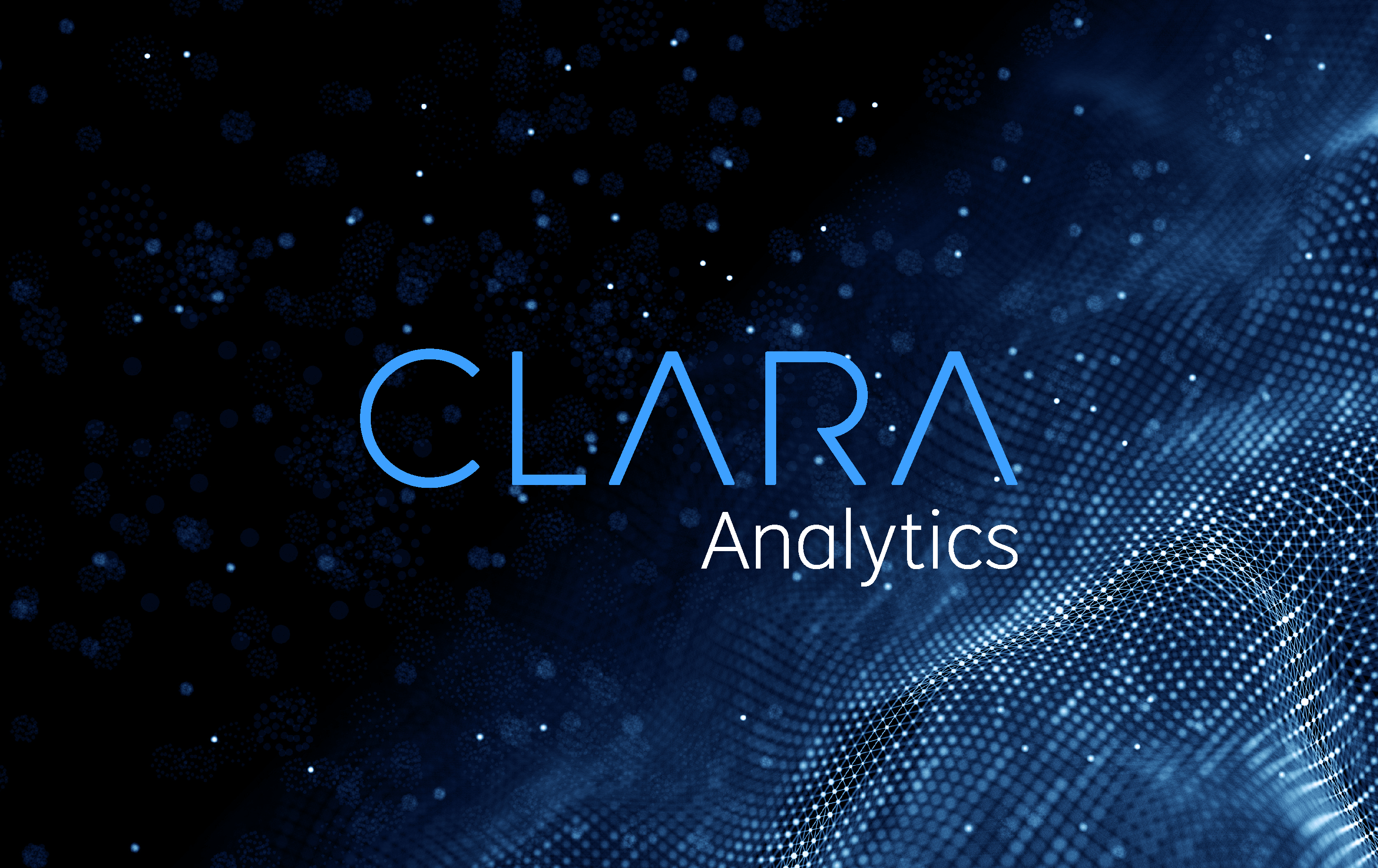How to Gain Real Value from AI
As Artificial Intelligence (AI)-based solutions are introduced to the insurance industry and a new wave of InsurTech companies rise up, it can be difficult to see the forest for the trees. AI-based products are designed to do a great number of things today: solve complex problems associated with care and claims in a fraction of the time, automate operations and improve efficiency, and enable greater, more personalized customer service — just to name a few potential benefits. Every solution a vendor tries to sell you can sound compelling on the surface. But literally, the million-dollar question is whether there is real, tangible value for your organization.
While it can be tempting to gravitate toward a bright, shiny object, there needs to be a legitimate business reason for adoption other than “everyone is doing it.” I recommend taking the following inventory as you delve into AI to ensure you maximize your investment.
Know what specific problem you are solving. Is the problem you are solving a priority?
One of the biggest challenges lies in identifying how and why AI fits into the big picture of your organization. Many executives hear a persuasive use case for a new technology and get very excited about how AI can be applied within their own company. This is logical; it’s human nature and fits with how we learn about and discover new things in an age when everyone is overcommitted to tasks that are perceived as a higher priority. This approach should be avoided, however.
AI makes it possible to capture so much more data than we’ve ever been able to get our hands on before, but unless this data pertains to an issue you need to address, it may be deprioritized … data for data’s sake. McKinsey & Company suggests that the process of determining uses for AI that drive value “will require exploring hypothesis-driven scenarios in order to understand and highlight where and when disruption might occur — and what it means for certain business lines.” I recommend starting with a problem, one that is causing real pain to your employees, customers and/or partners or affecting your bottom line. Then work backwards to determine how AI and machine learning could be used to develop something better than the status quo.
Now, do a little research. Consult with analysts. Engage with vendors. Try out products and determine how they might work at scale, consult with references, and have users test them. Those products now exist or are rapidly coming to market, but if you don’t have a handle on your needs or know what you are looking for, you risk choosing a solution that fails to live up to the high expectations for AI.
Evaluate for simplicity
This may be stating the obvious, but that doesn’t make it any less essential. Any AI-based product, service or application must be easy to use. This point is non-negotiable.
Your people are probably long-entrenched in certain processes and ways of doing things. There could be some resistance to change, and if a solution isn’t simple and intuitive, teams won’t adopt it. As a result, even if a system or application yields the best data and insights on earth, your company will never derive maximum value from it.
The consumerization of IT has ensured that people of all demographics expect and demand easy-to-use software. Therefore, you have to build or buy something that everyone feels comfortable with and wants to adopt. If they can see how it makes their day-to-day job more rewarding, all the better.
Have a plan to embed it in your processes and measure ROI
You have great data, and people suddenly have access to information they never had before. Now, what do you actually do with that information? What is the next step? You must consider how it enters into your processes. Knowing exactly how the product will be used will not only help you make the implementation painless, but also it will define what product functionality is critical for your business.
Take your existing workflow, and plan to integrate your AI application into it so that you’re not creating more work, nor are you making the transition for others harder than it needs to be. To accomplish this effectively, you need to make sure to involve at least one team member with deep operational experience, who knows processes and workflows, and can educate and collaborate with data scientists and technologists to ensure all of the organization’s needs are met. This team will work together to develop the best processes and practices for leveraging new levels of intelligence.
Similarly, if your new application doesn’t drive ROI, then it’s nothing more than a shiny new gadget. Create a plan to track and measure performance before you implement anything new. And integrate as much measurement as you can into your existing processes.
Over the next decade, we will see huge advances in how the insurance industry conducts business. The formula for success is knitting each of these pieces together: deep Data Science with a purpose, accessible through consumer-grade software that is guided by operational expertise. To ascertain the actual value of these components, track how people use AI-based tools as well as what the results are over the short and long term. Strive toward “better than before” rather than perfection — and continue iterating.
AI is poised to profoundly change the industry, but implementation of these exciting new technologies is not a one-and-done thing — it’s a journey. If all goes according to plan and AI lives up to potential, your organization will reap tremendous rewards.
###
Gaby Olazabal is a Senior Vice President at CLARA Analytics where she leads all product delivery. Her team of analysts, data scientists and software engineers manages all parts of the customer journey: application and model implementation and updates, providing operational consulting help to integrate CLARA’s AI products into customers’ operations, and setting up and tracking metrics to help quantify benefits. Prior to CLARA, Gaby was a Director of Analytic Solutions at LeanTaaS where she led the design and development of a range of Cloud-based Analytic Solutions focused on operational improvement. Gaby has more than 15 years of experience in strategy consulting (McKinsey, Anderson Consulting) and in designing and implementing complex software and Analytic Solutions (IBM, LeanTaaS). She has an MBA with Honors from MIT, an MS in Finance and a BS in Industrial Engineering from Pacifica University in Peru. For more information, visit www.claraanalytics.com/




